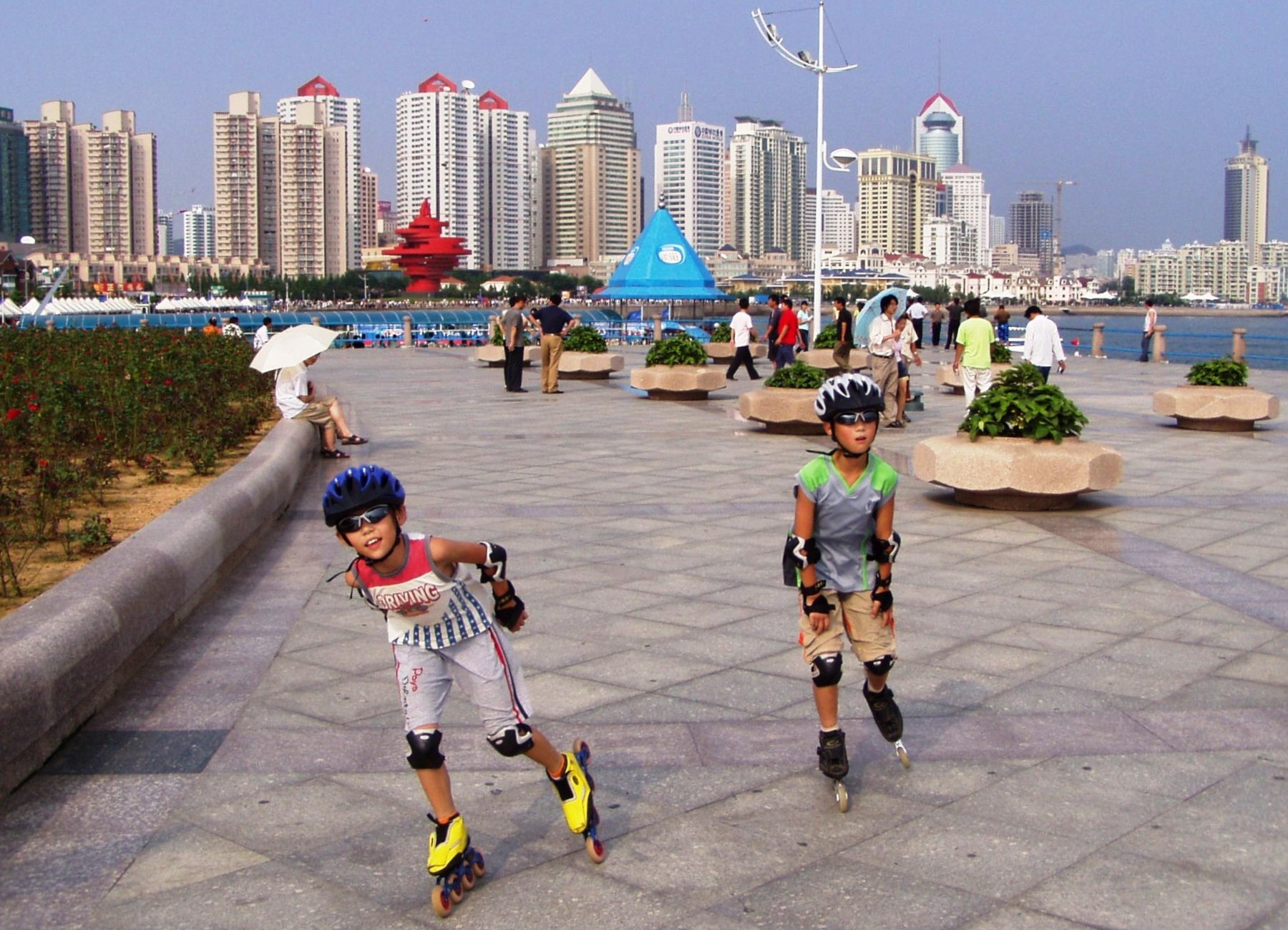Deltas, coasts, and rivers have formed the basis of urban development around the world for centuries. In Asia, virtually all cities, old and new, are directly connected to water, whether by sea, river, or lake. These cities have a special relationship with water, using it as a means of transportation, delivering access to regional and global trade, and providing a lifeline for the city on many levels.
As the fastest developing region of the world, Asia is facing major challenges to balance local traditions with modern Asian and global influences. For this reason, an integrated approach that blends a wide range of perspectives – architecture, economics, culture, history, sustainability – is being re-discovered in the evolution of Asian waterfronts. For an introduction to our services, download PDF or view our full range of consulting services.

![]()
Due to its strategic location, stunning coastline with islands, beaches and waterfront developments, Xiamen has its own distinctive development advantages More

![]()
Solving water defense and transportation issues while providing new living space More

![]()
Qingdao's waterfront was transformed from an industrial shipyard into a vibrant public waterfront in preparation the Olympics More

![]()
Shanghai, strategically located at the mouth of the Yangtze River Delta, has ambitions to become the waterfront and yachting capital of East Asia. More

![]()
With the QianHai Bay project, Shenzhen is taking the next step in its rapid growth. More

![]()
Within the Bund, plans to re-develop the former industrial area have faced many obstacles due to the complexity of the site. More

![]()
Sustainable urban developments, especially in coastal environments like the Cuiheng New District, can only be achieved if they meet fundamental conditions for sustainable water management. More